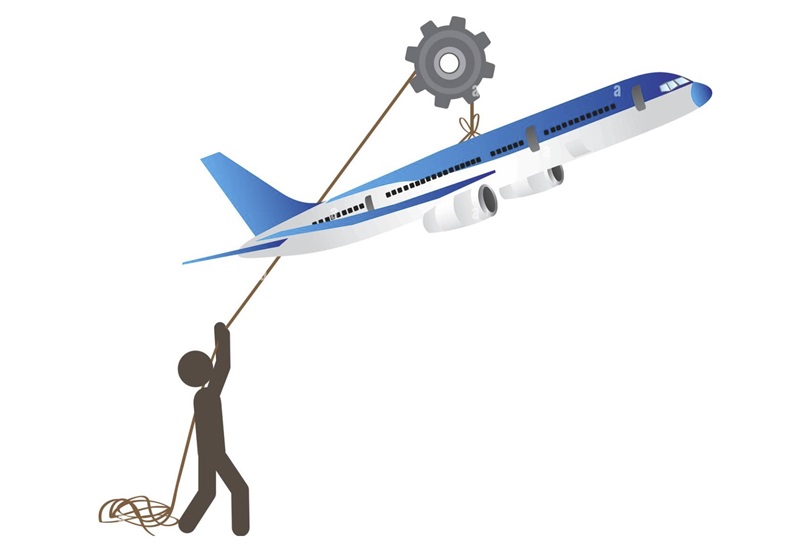In the dynamic world of aviation, where passenger safety and operational efficiency are paramount, one of the recurring challenges faced by airlines and maintenance organizations is the shortage of manhours in aircraft maintenance. This shortage poses significant hurdles, from ensuring aircraft remain airworthy to meeting regulatory requirements.
Aircraft maintenance is a highly skilled and labor-intensive field. To keep an aircraft in airworthy condition, maintenance personnel must conduct routine inspections, repairs, and overhauls, often following strict regulations. However, the aviation industry is grappling with a shortage of skilled technicians and engineers to perform these critical tasks. Several factors contribute to this shortage.
1. Rising Demand: The global aviation industry continues to grow, with more planes in operation than ever before. This increased demand for maintenance personnel put additional strain on available manpower.
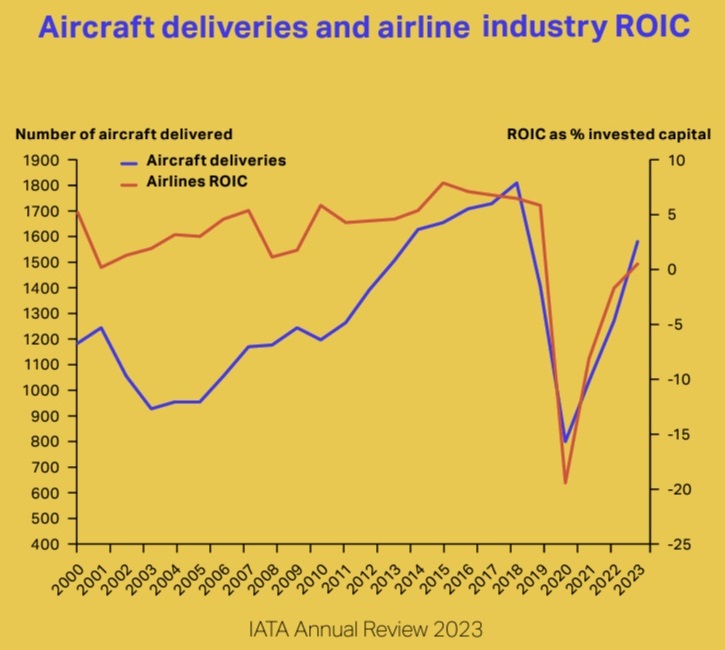
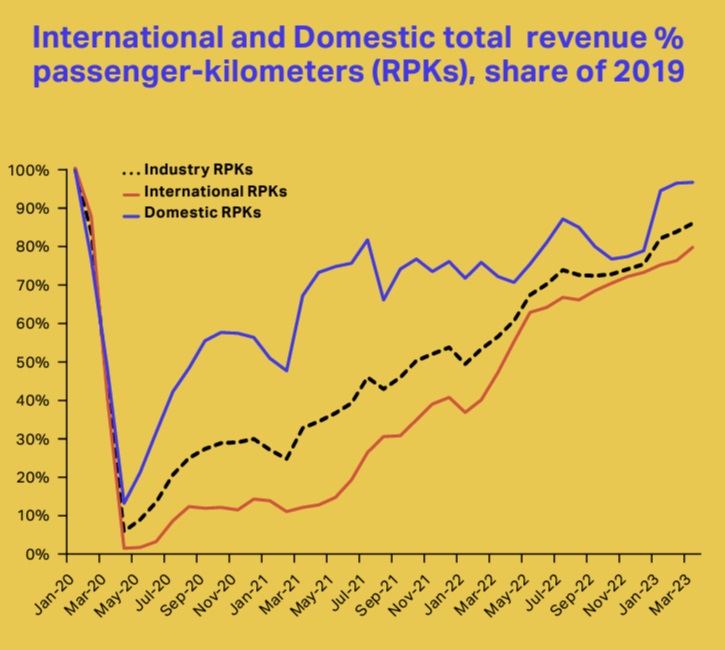
2. Aging Workforce: Many experienced maintenance professionals were either retired during Covid-19 downturn or are approaching retirement, creating a skills gap that is difficult to fill with new, less-experienced technicians.

3. Regulatory Complexity: Compliance with strict aviation regulations is non-negotiable. However, the complexity of these regulations requires well-trained personnel, adding to the demand for skilled workers.
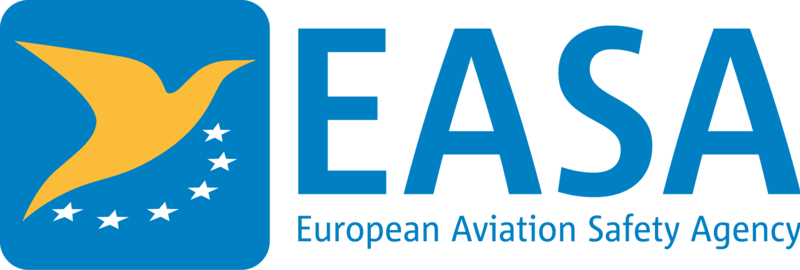
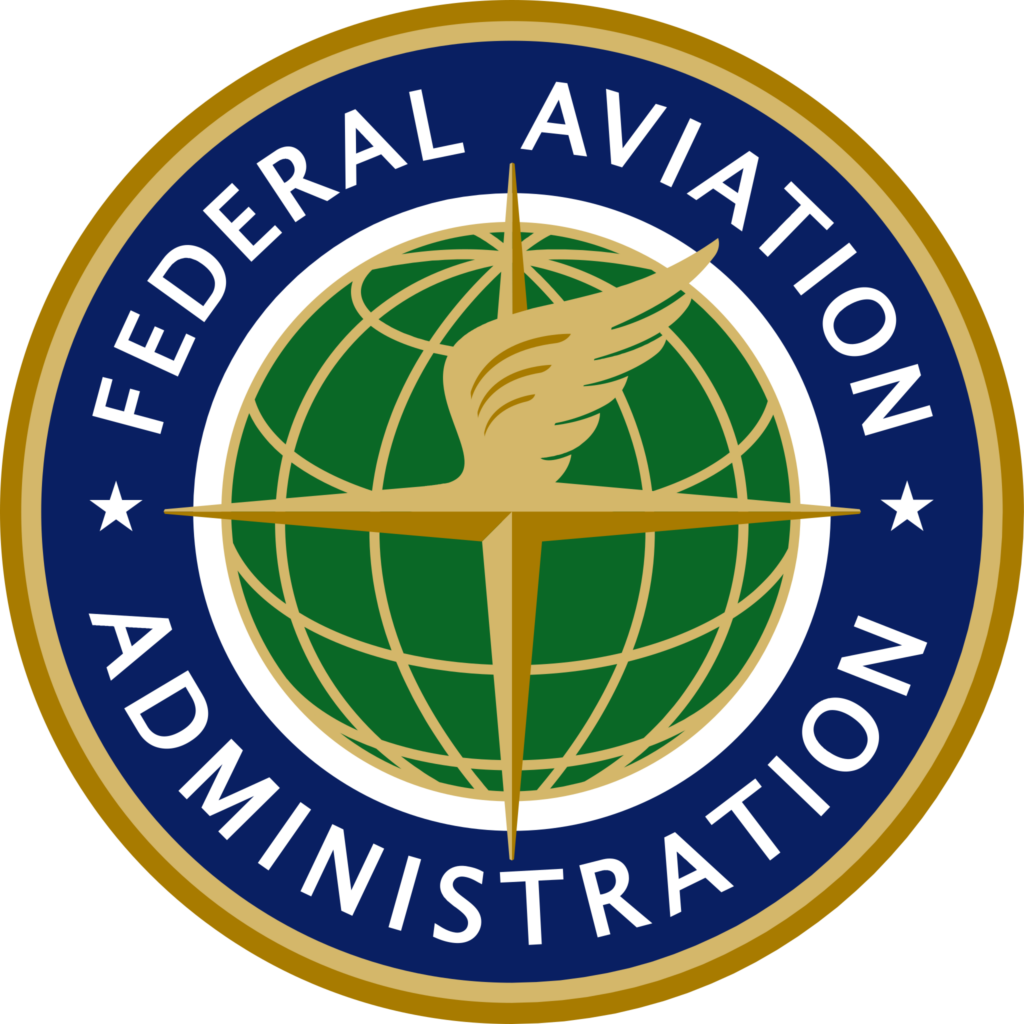
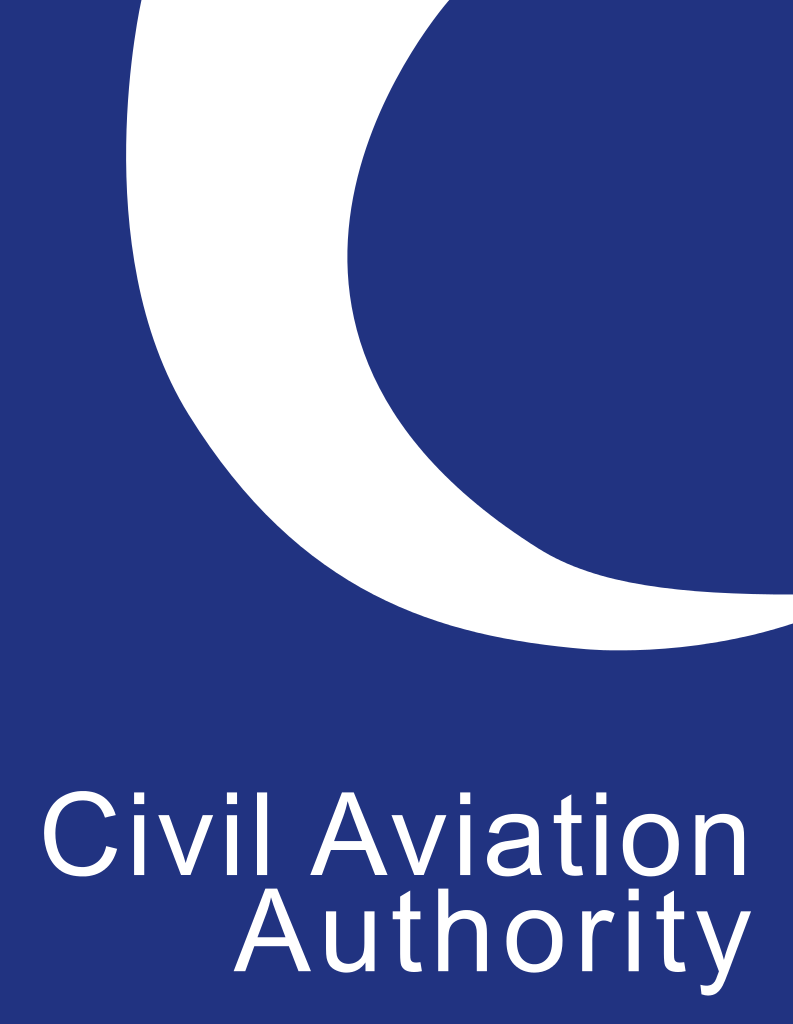
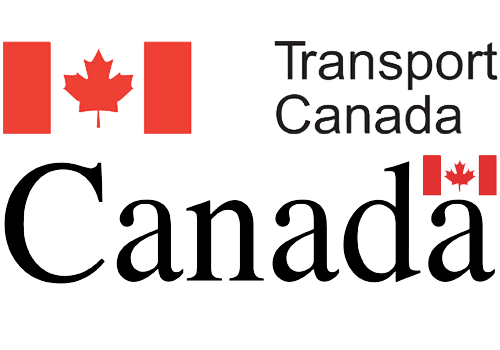
4. Training Time: Training new maintenance technicians is a time-consuming process. It can take years to develop the necessary expertise, further exacerbating the shortage.

While the manhour shortage in aircraft maintenance is a complex issue, there are strategies and solutions that organizations can consider mitigating its impact:
1. Invest in Training: Airlines and MROs should invest in comprehensive training programs to develop a skilled workforce. This can involve partnerships with technical schools, apprenticeship programs, and ongoing training for existing staff.
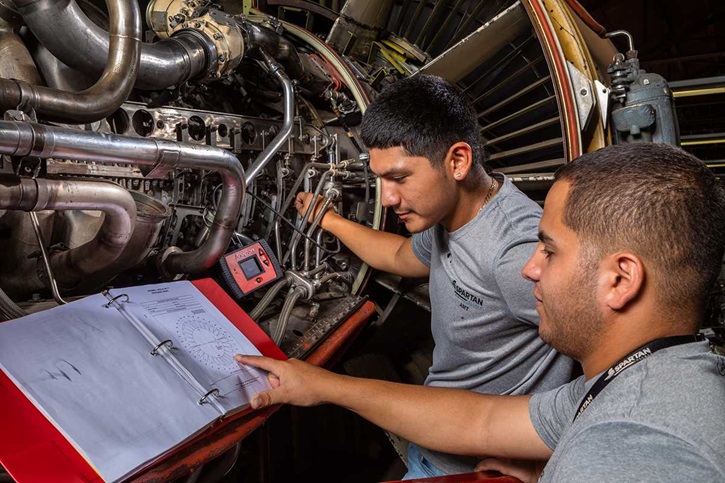
2. Embrace Technology: Leveraging technology like predictive maintenance and digital inspection tools can reduce the time needed for certain tasks, thereby optimizing the use of available manhours.
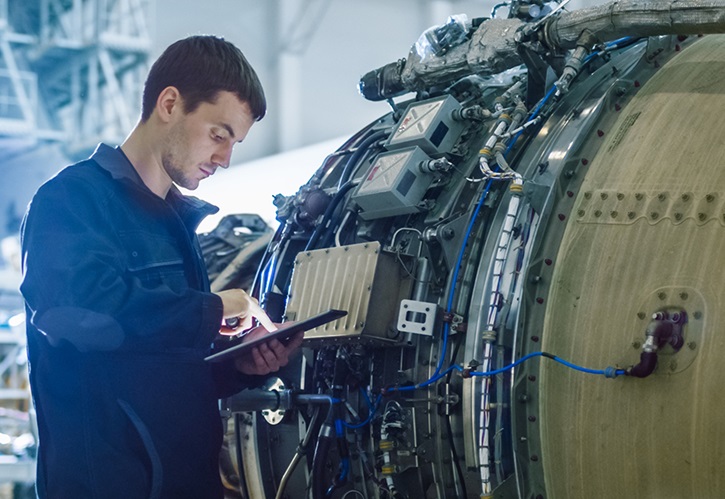
3. Outsourcing: Some organizations opt to outsource specific maintenance tasks to third-party providers during peak periods. This can help alleviate the burden on in-house teams.

4. Workforce Management: Efficient workforce planning and scheduling can maximize the use of available manhours. Utilizing tools for resource allocation and task prioritization can streamline operations.
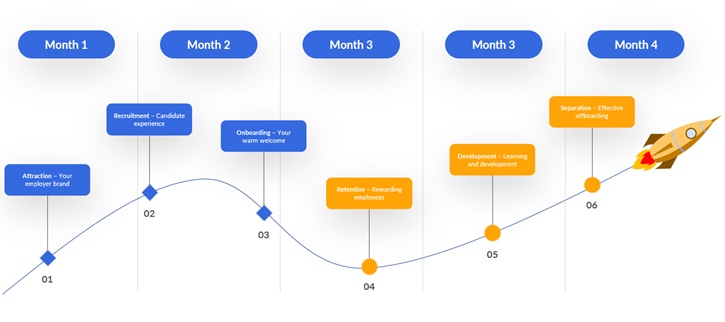
5. Retention and Talent Attraction: Offering competitive compensation packages and fostering a positive work environment can help retain existing skilled personnel and attract new talent to the industry.

The manhour shortage in aircraft maintenance is a pressing concern that necessitates proactive measures from the aviation industry. With strategic investments in training, embracing technology, and optimizing workforce management, organizations can navigate these challenges and ensure the continued safety and reliability of their fleets. Addressing the manhour shortage is not only critical for the industry’s growth but also for the peace of mind of passengers who trust their safety to skilled maintenance professionals.
